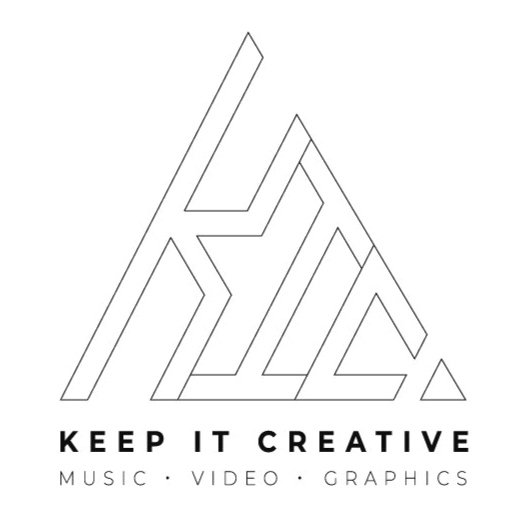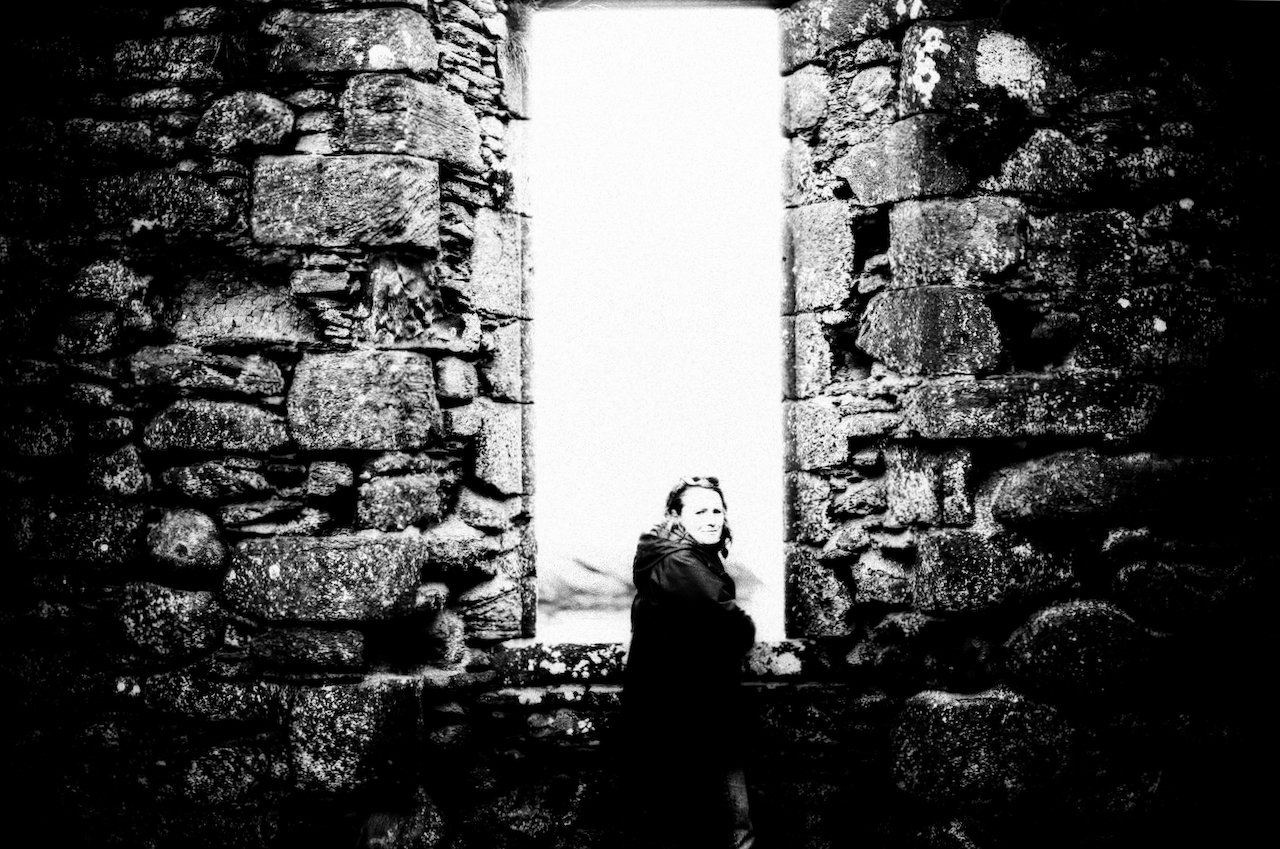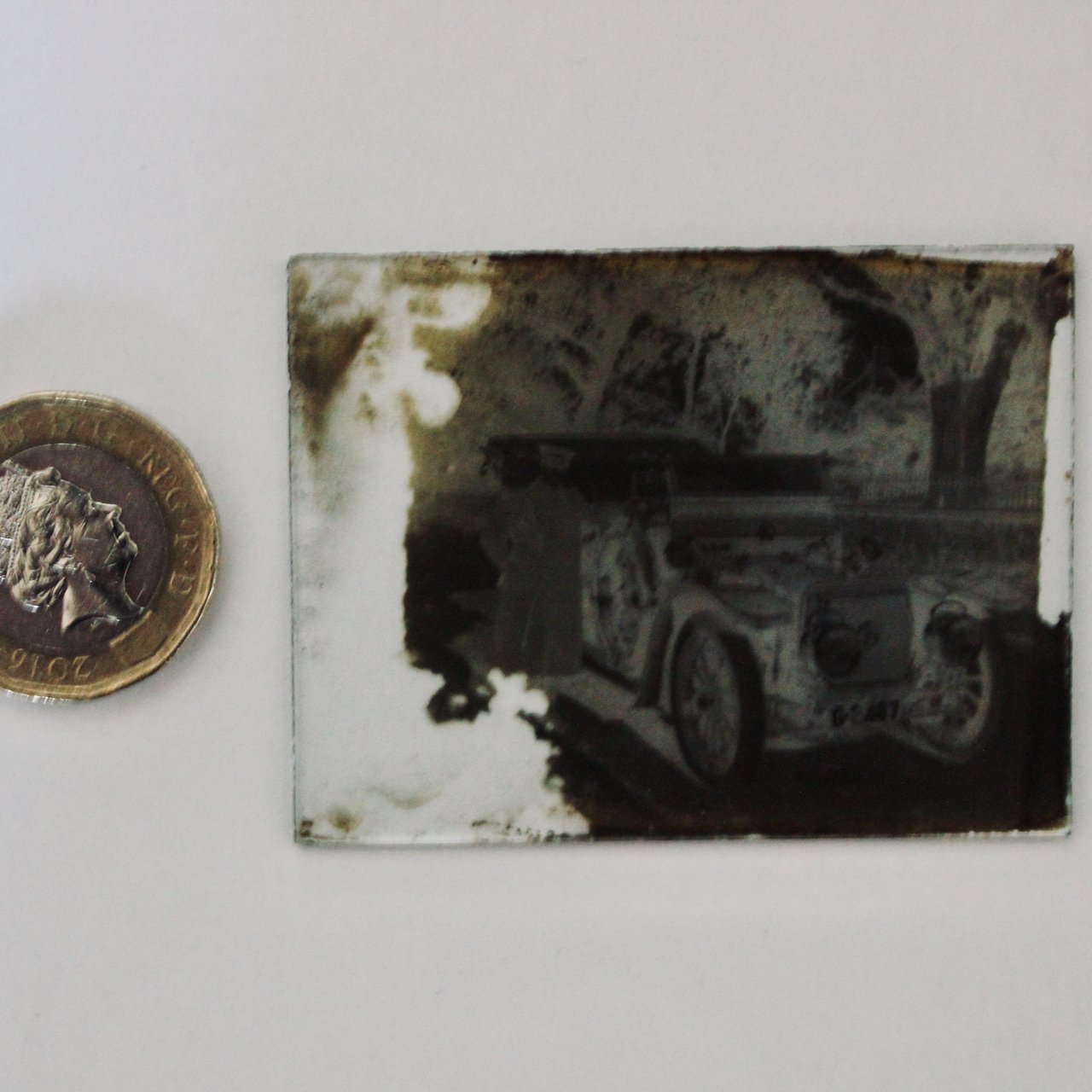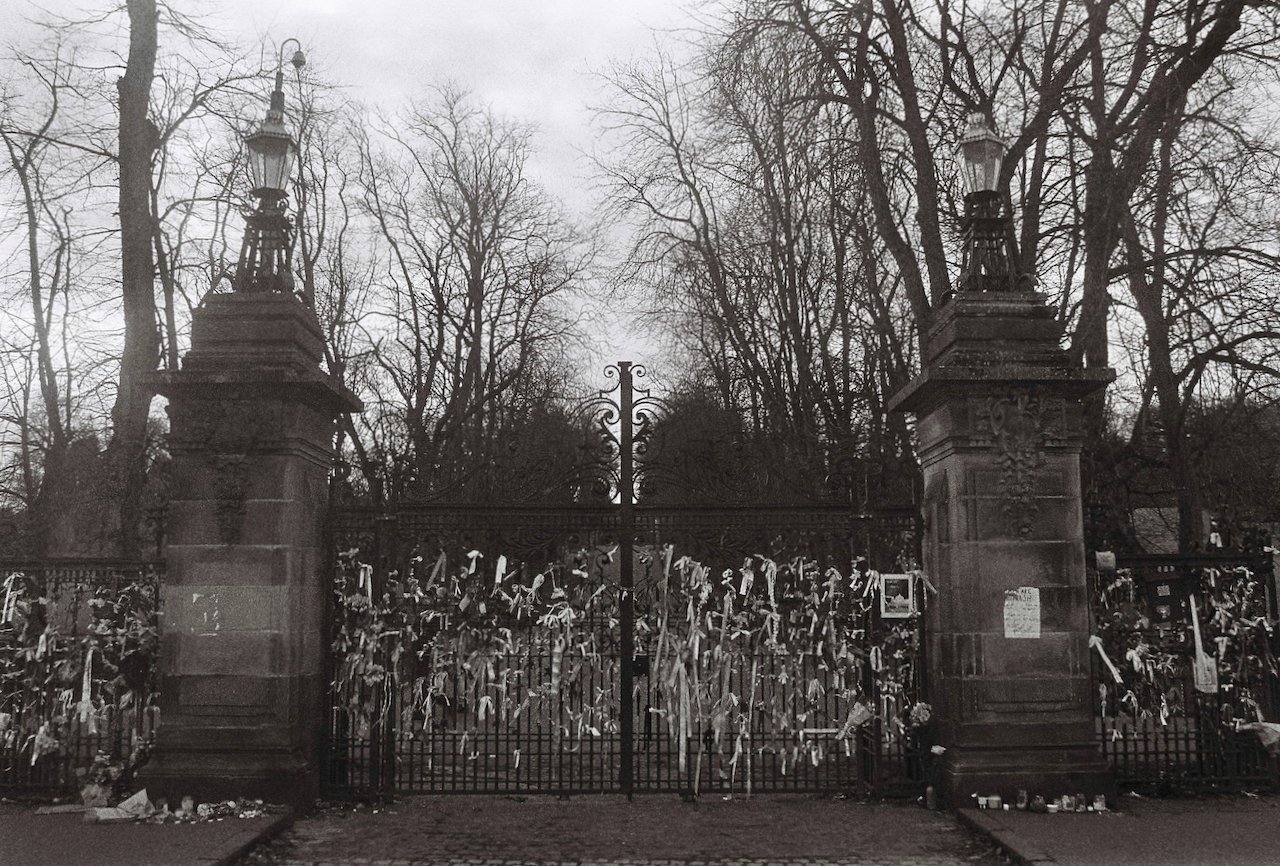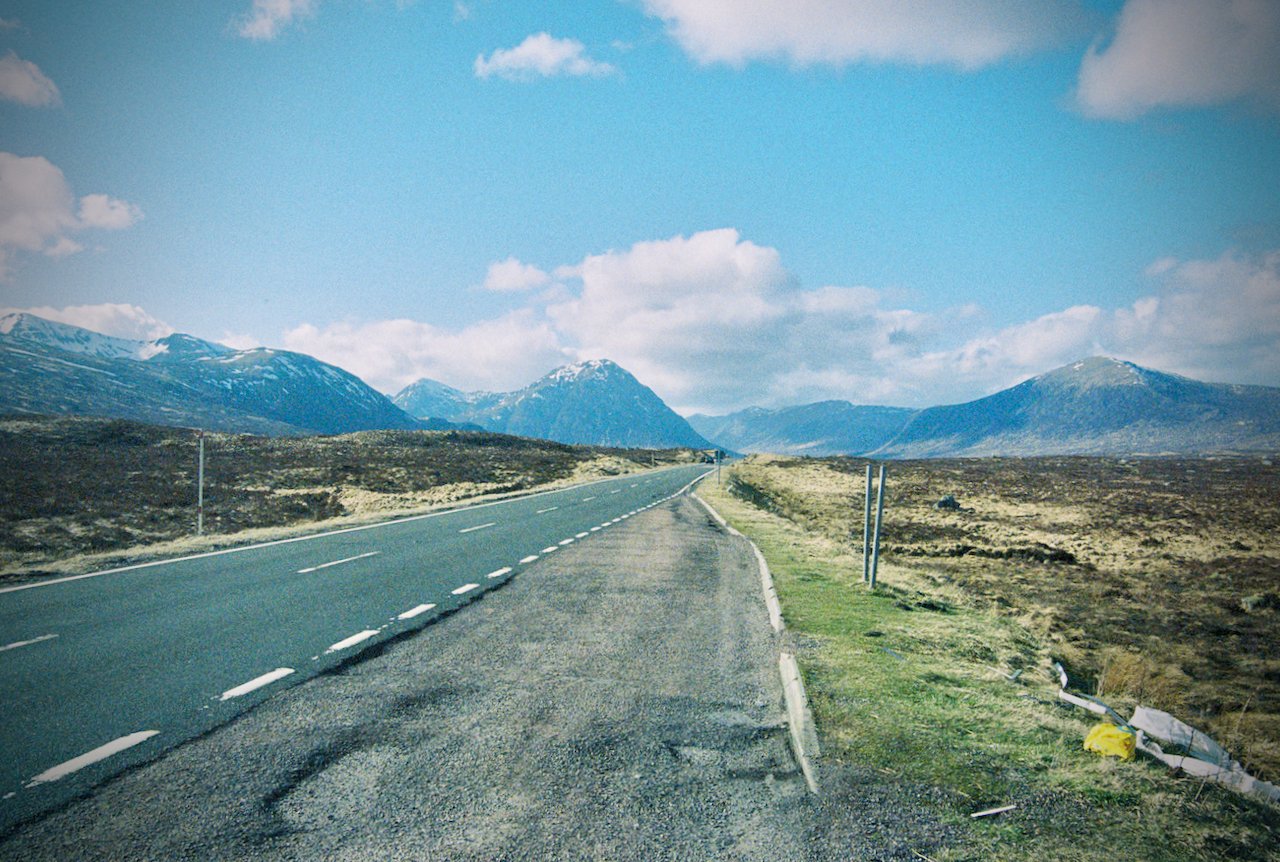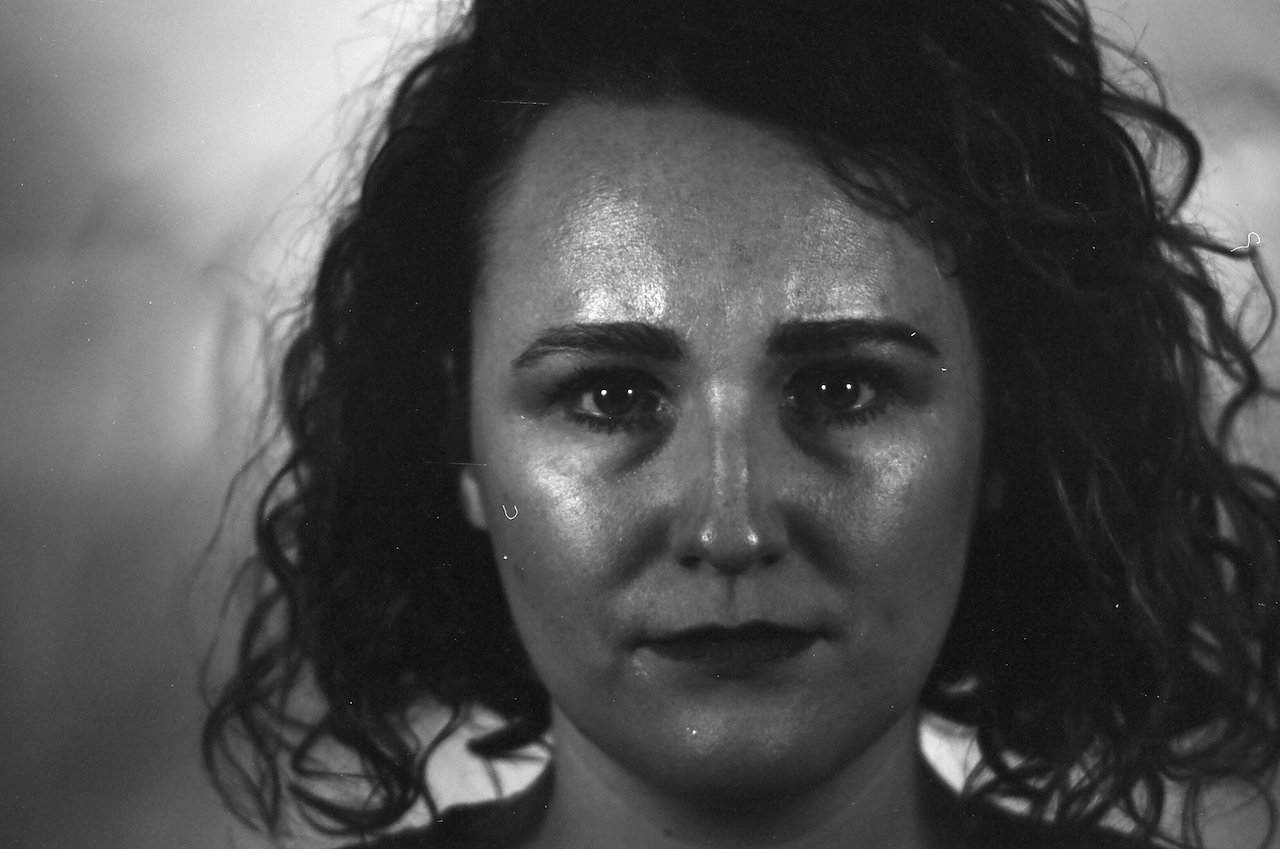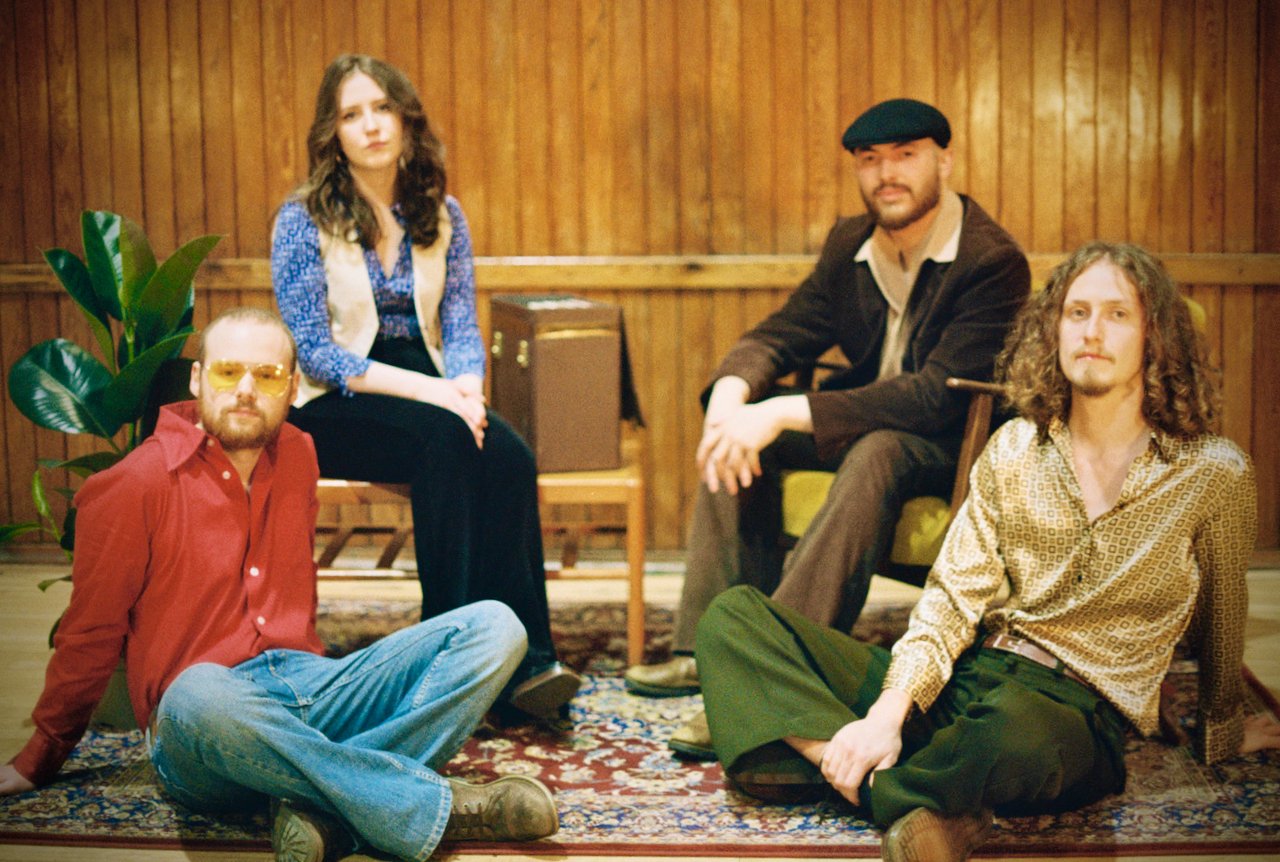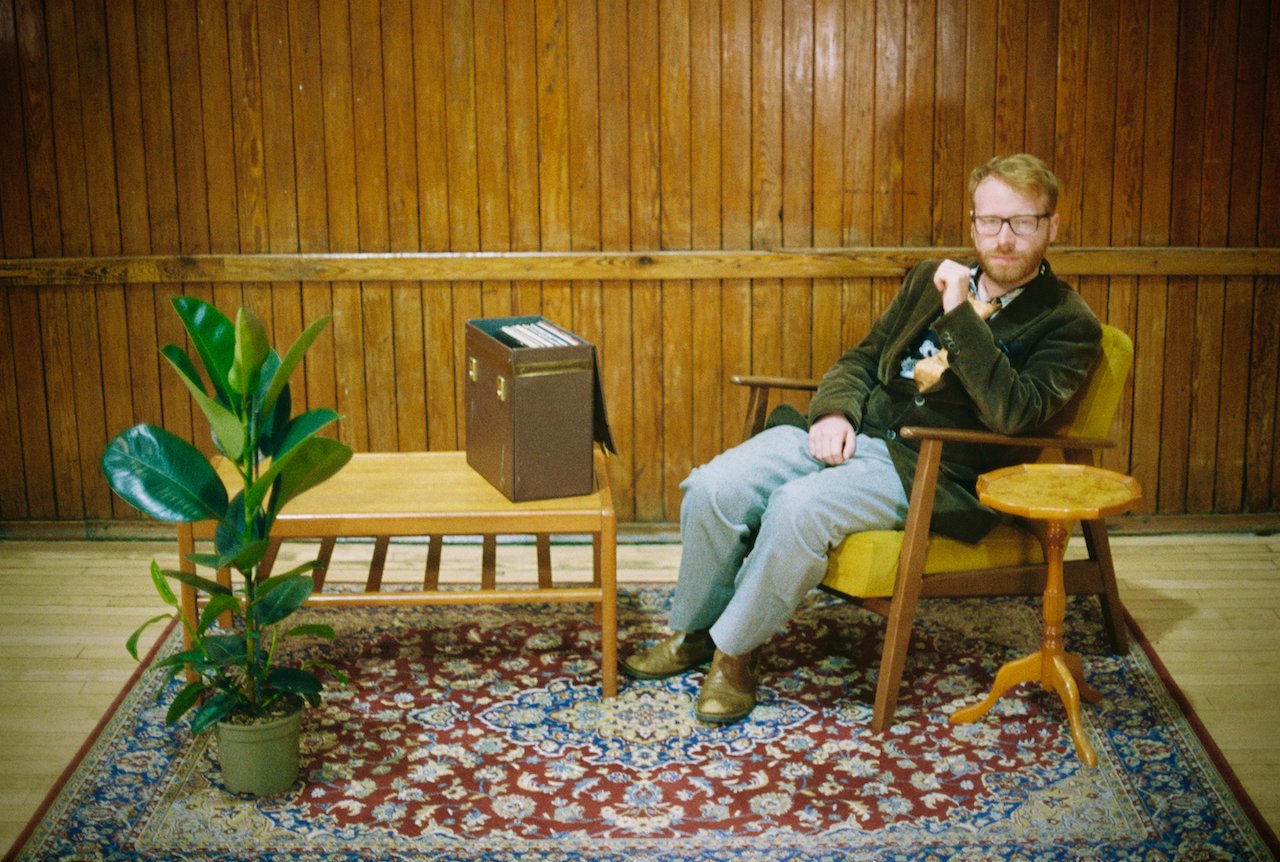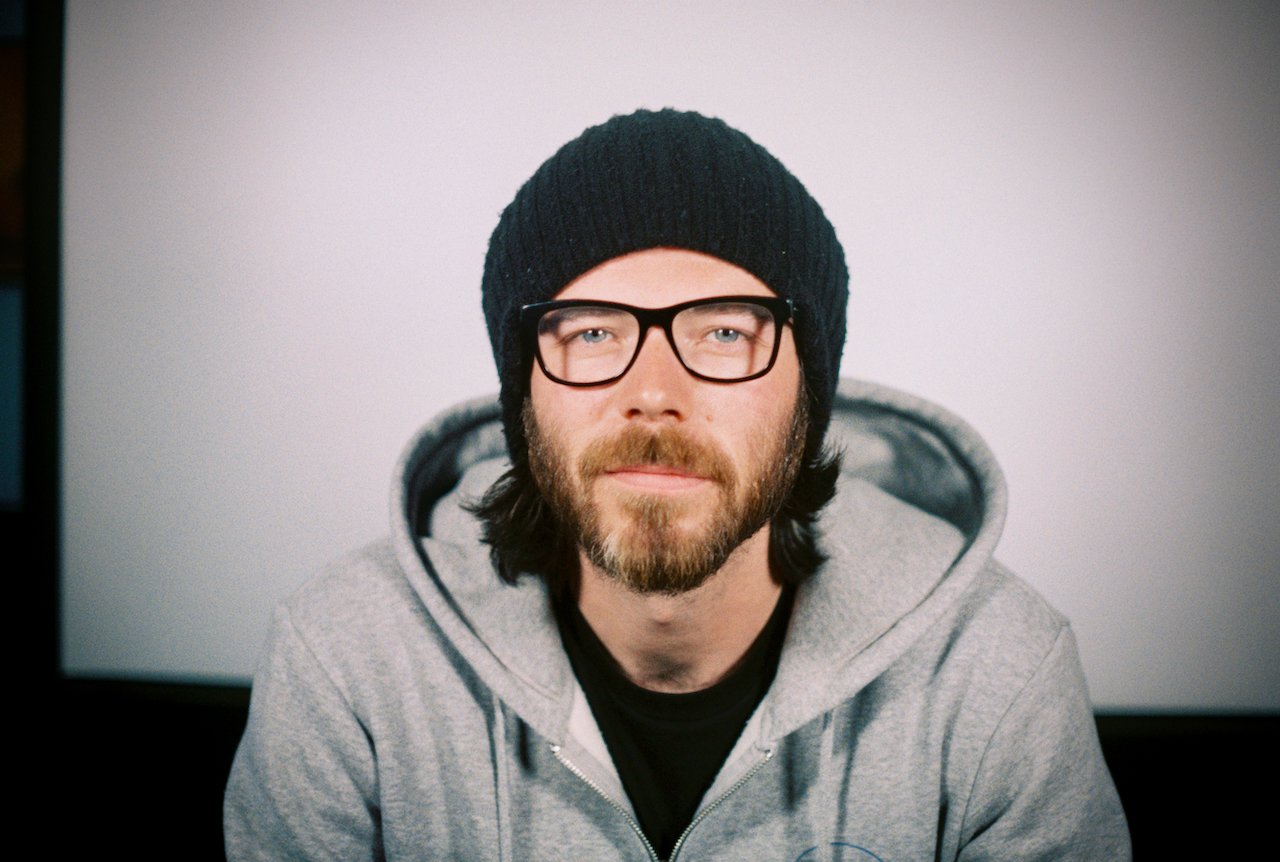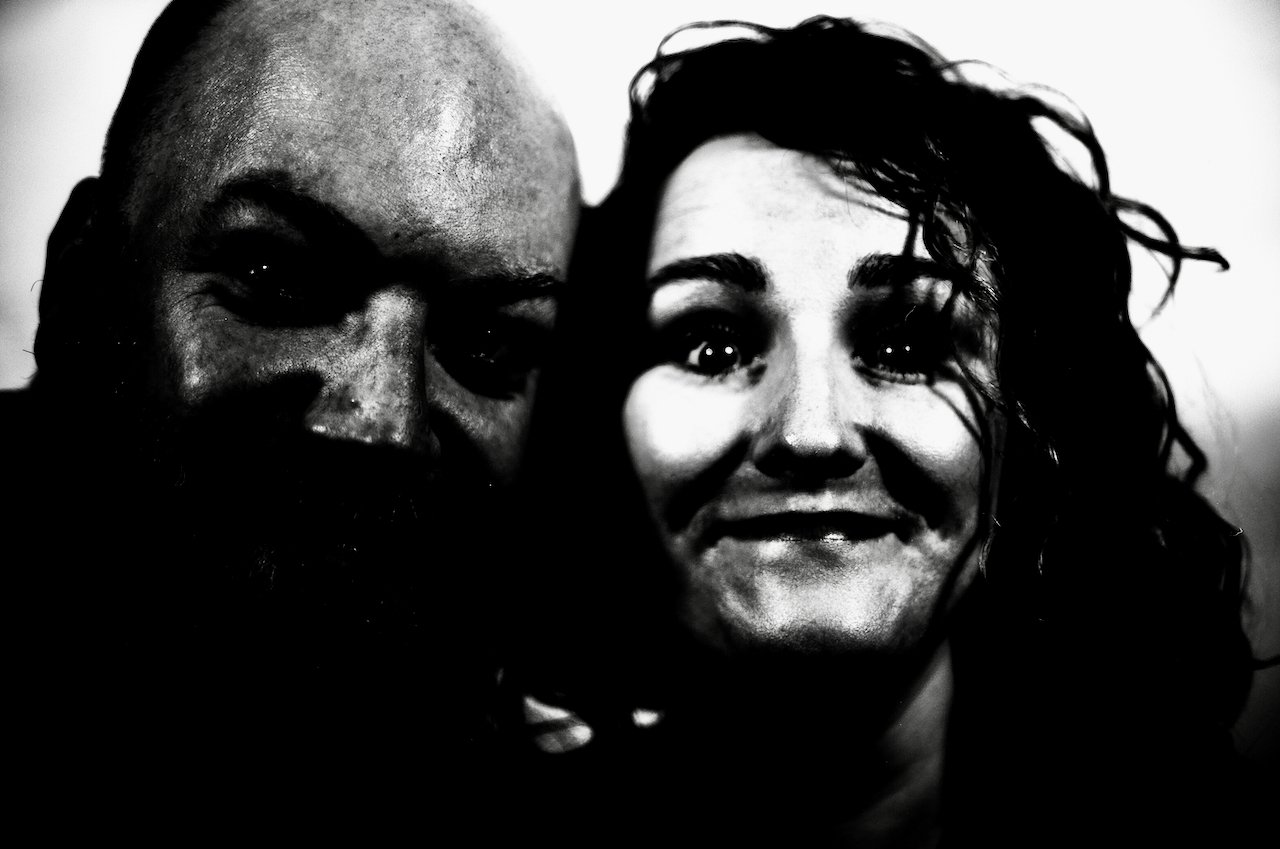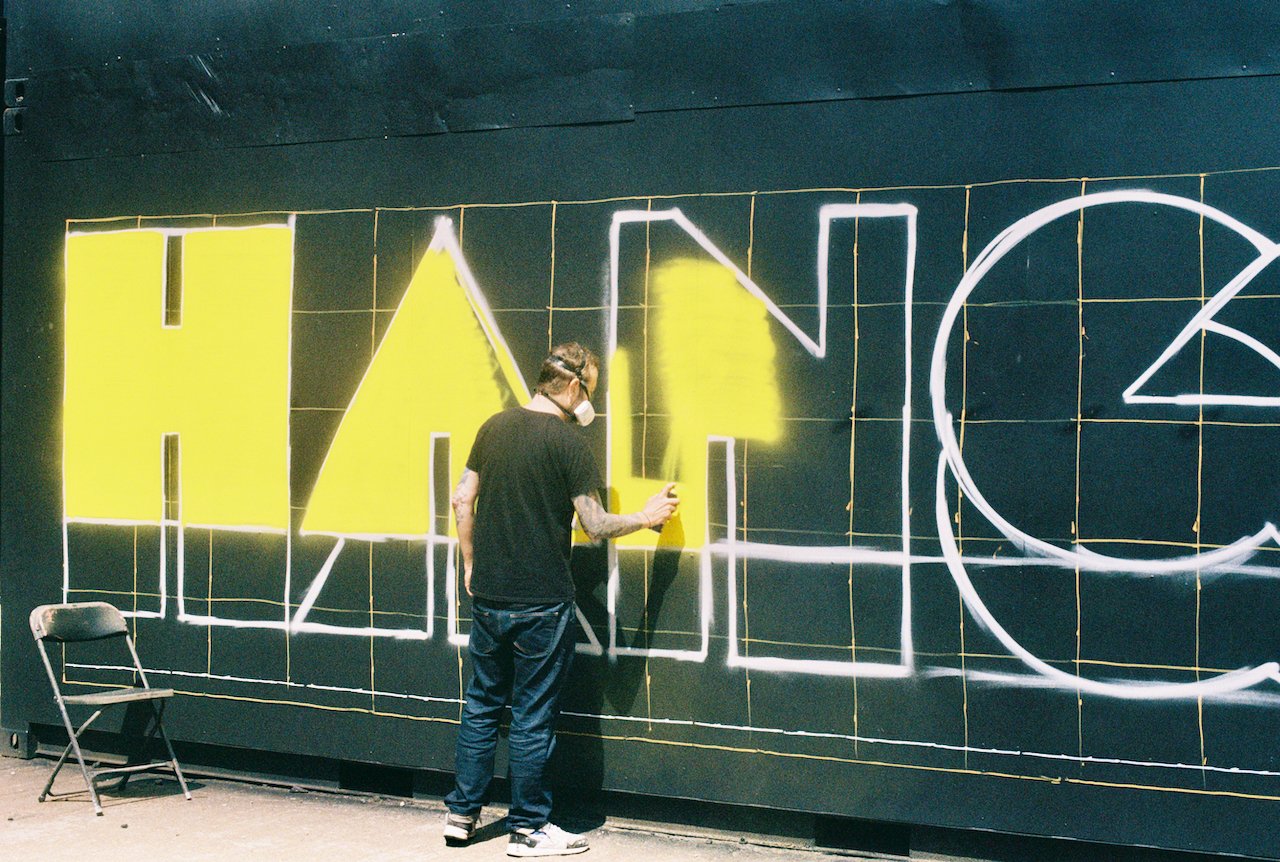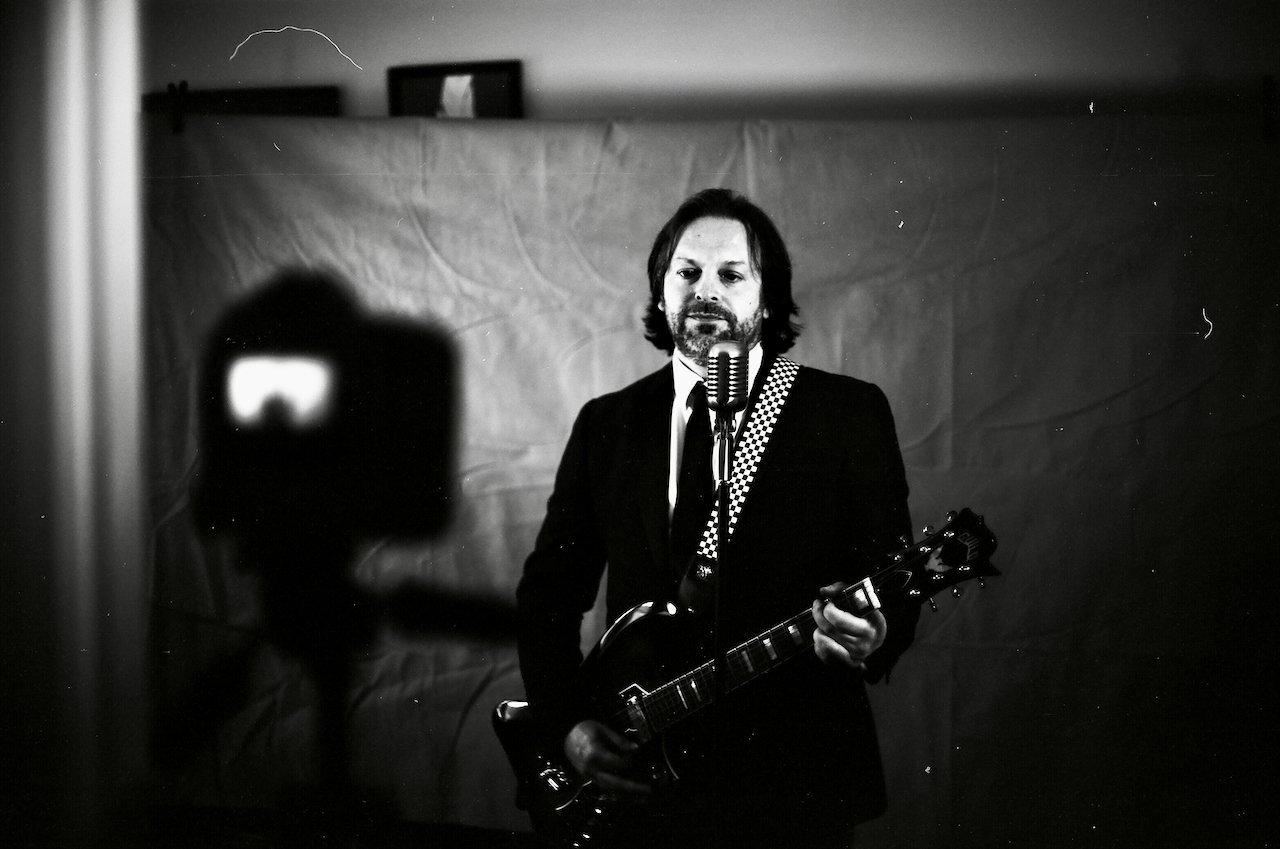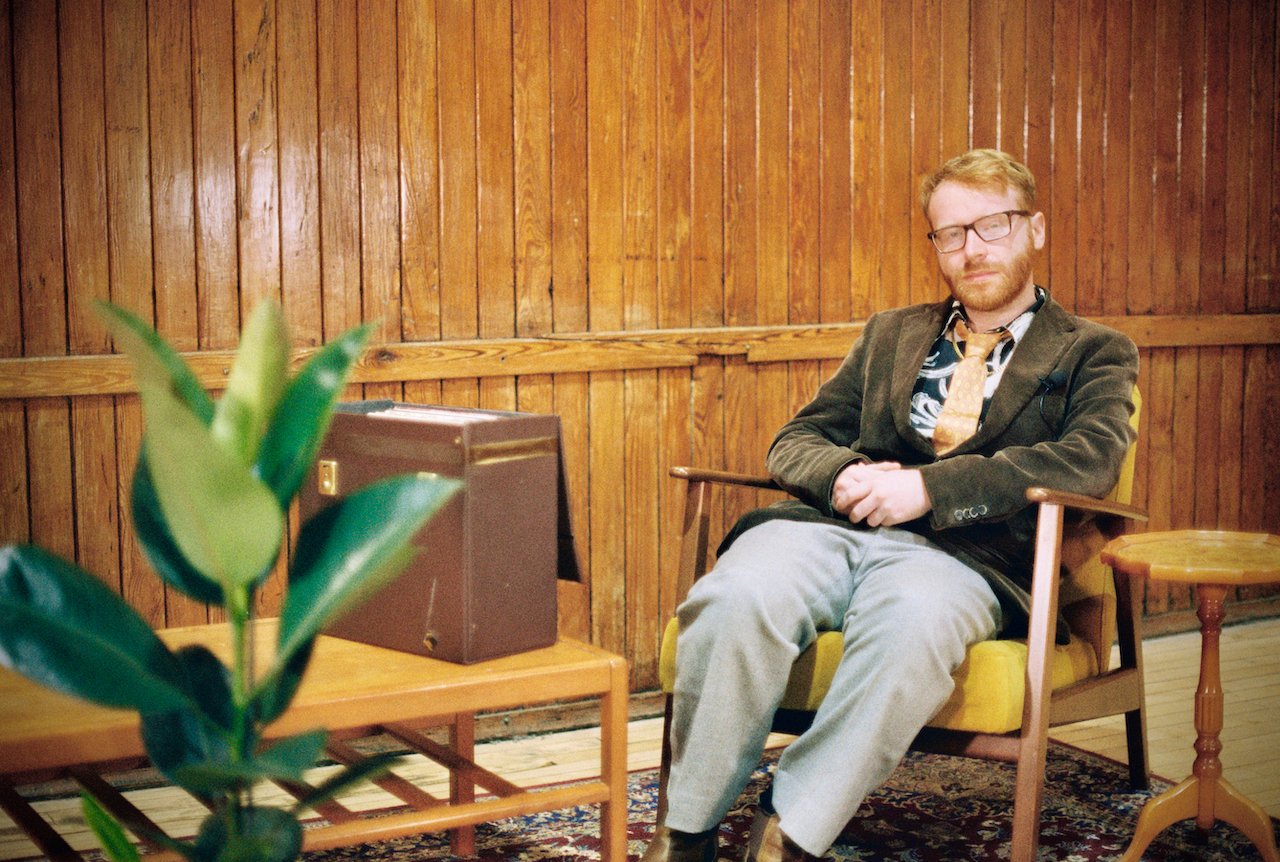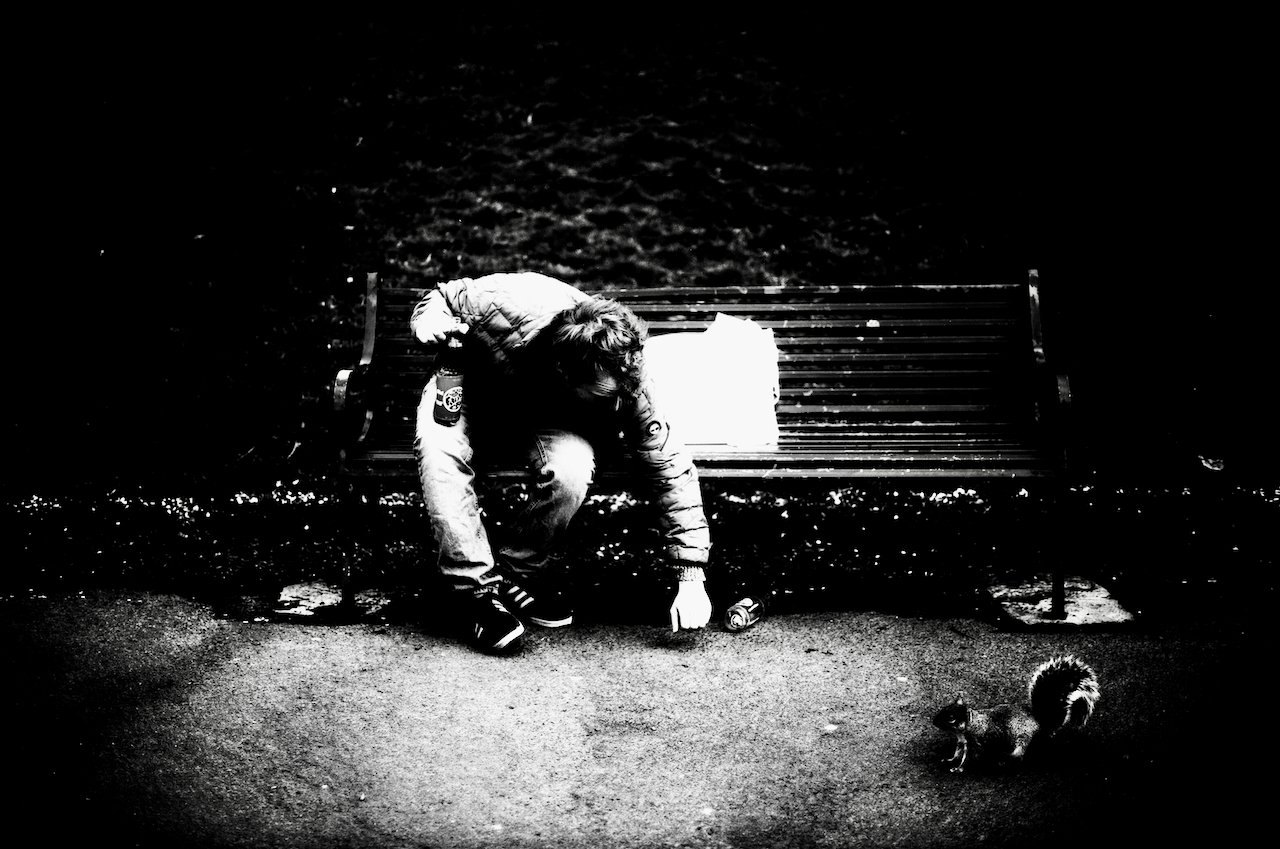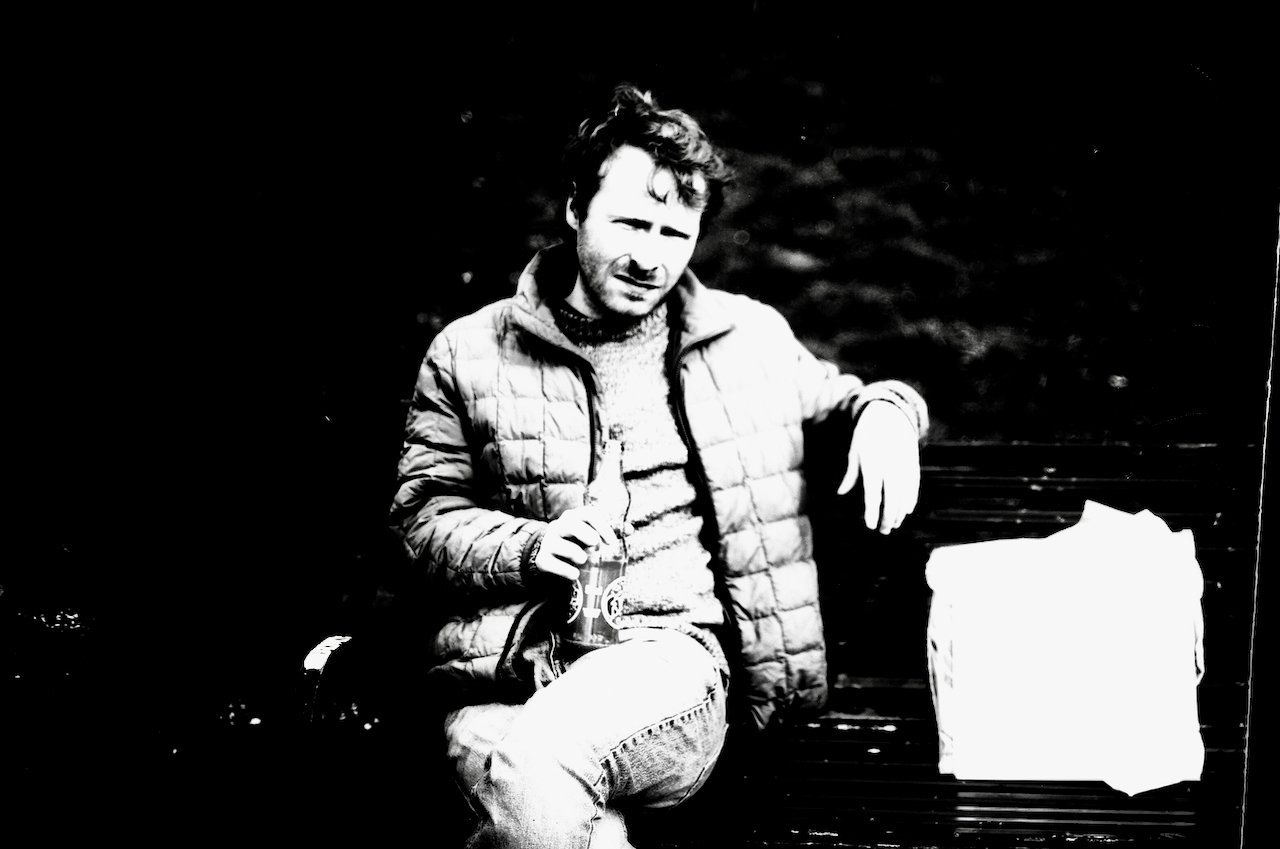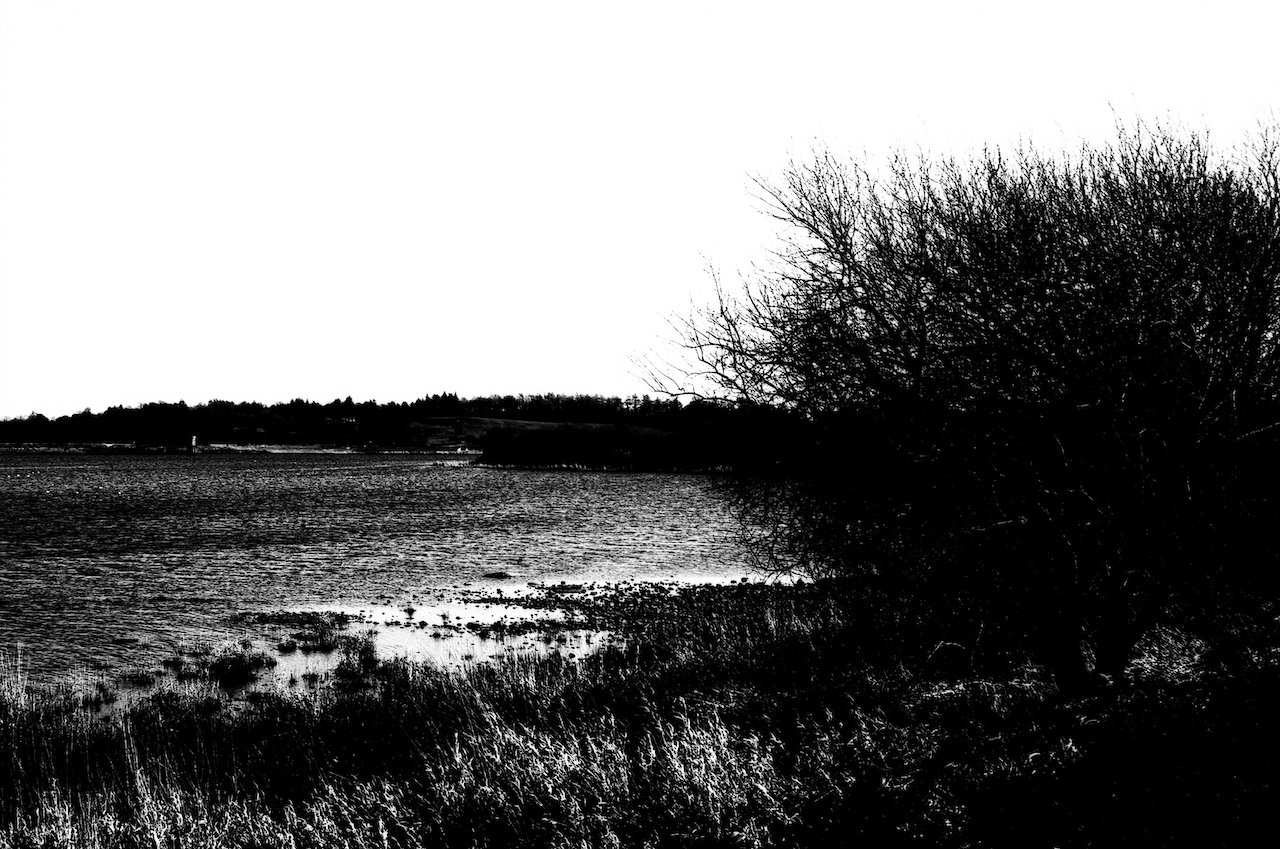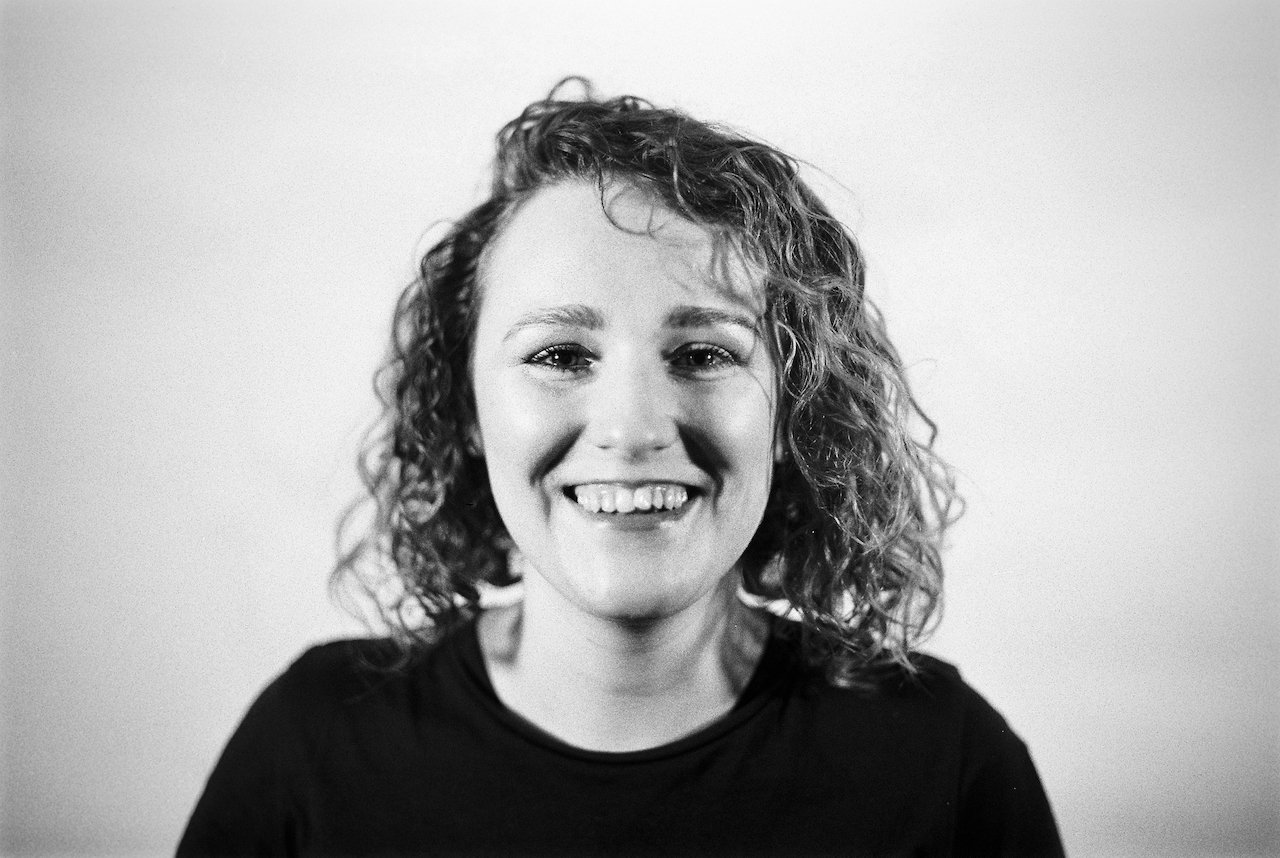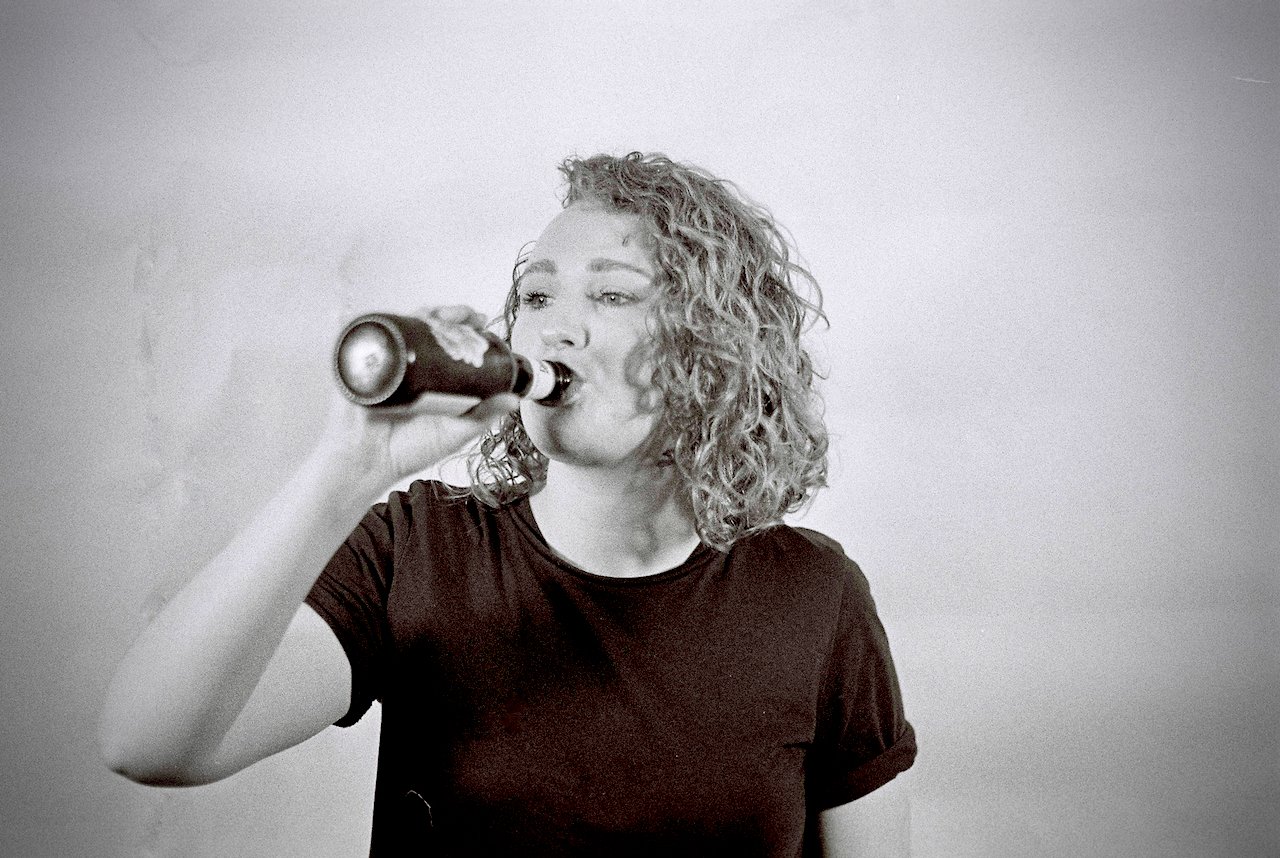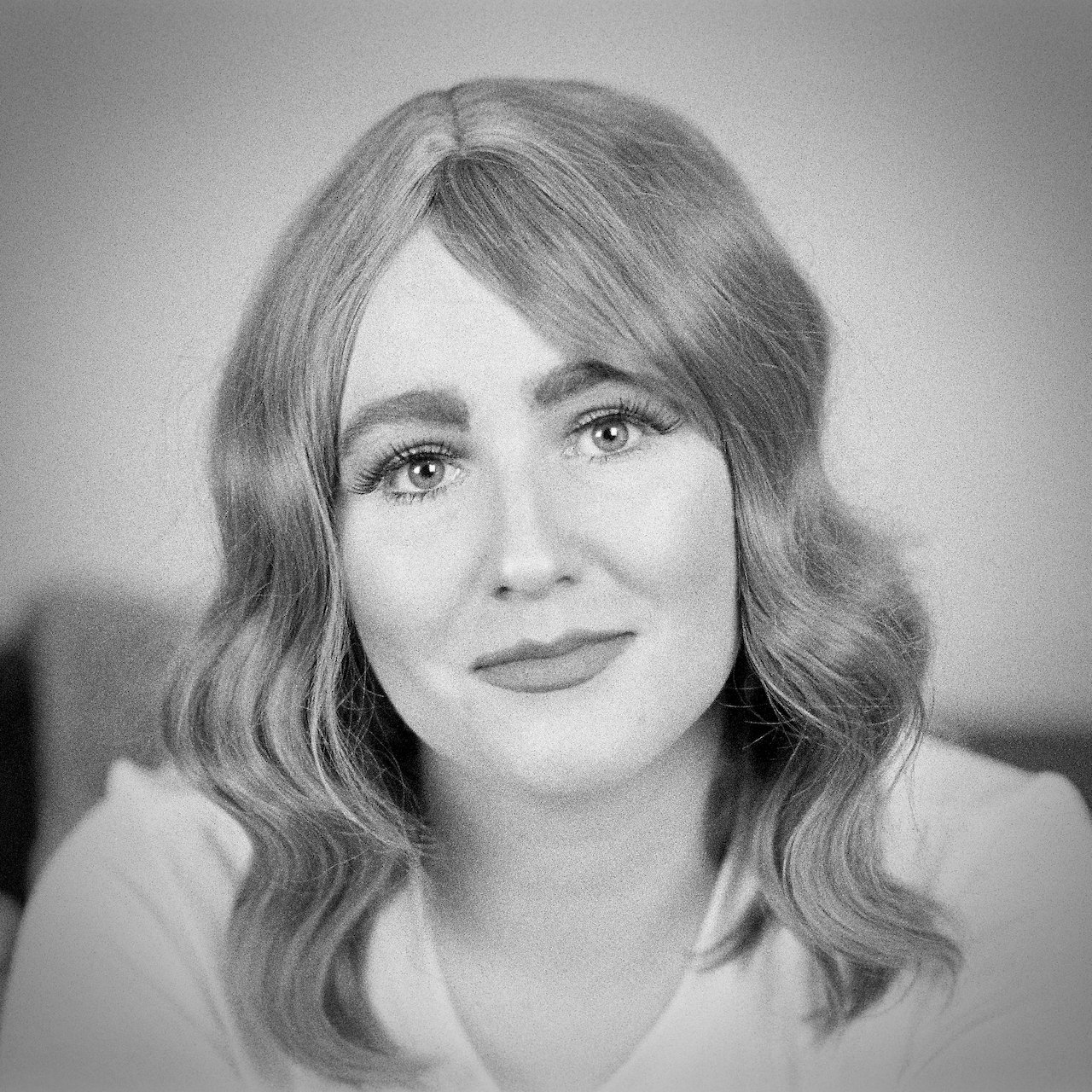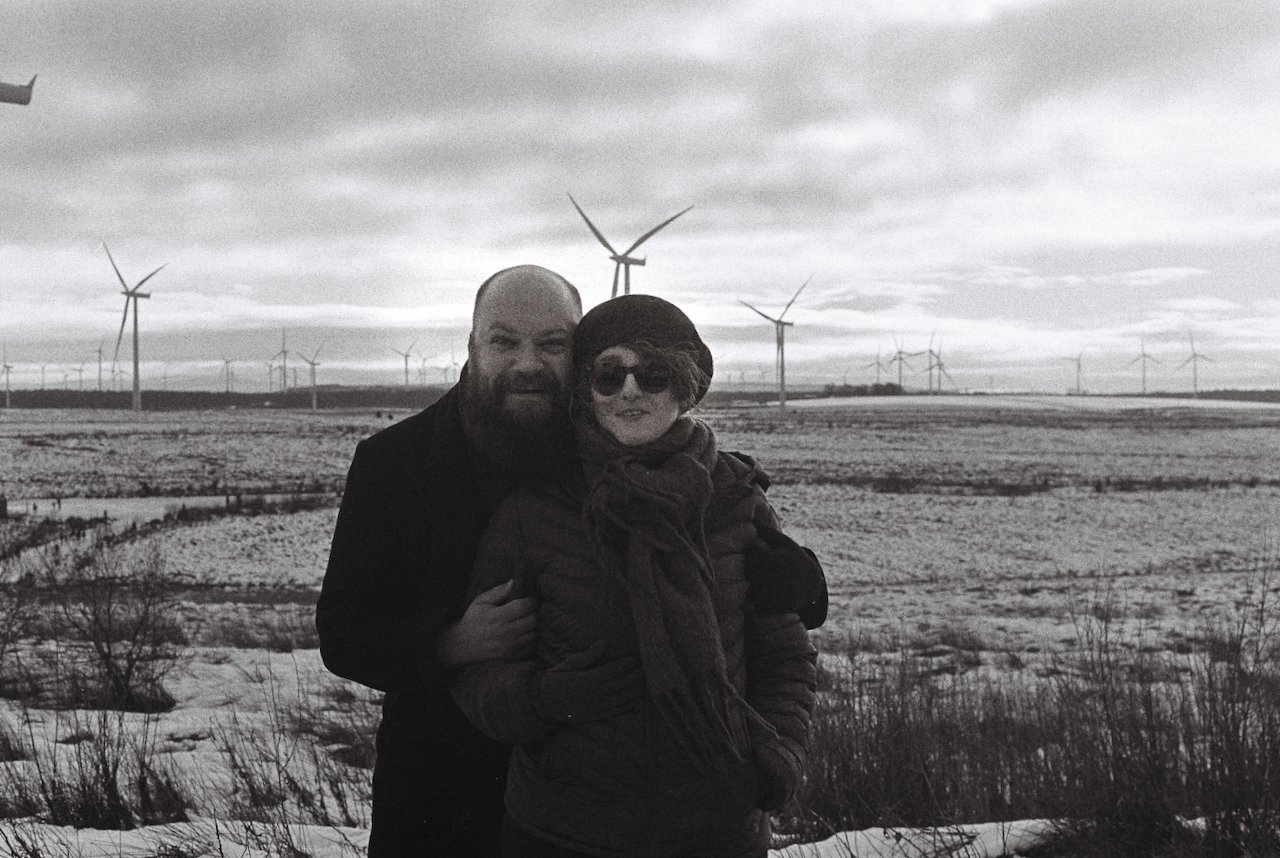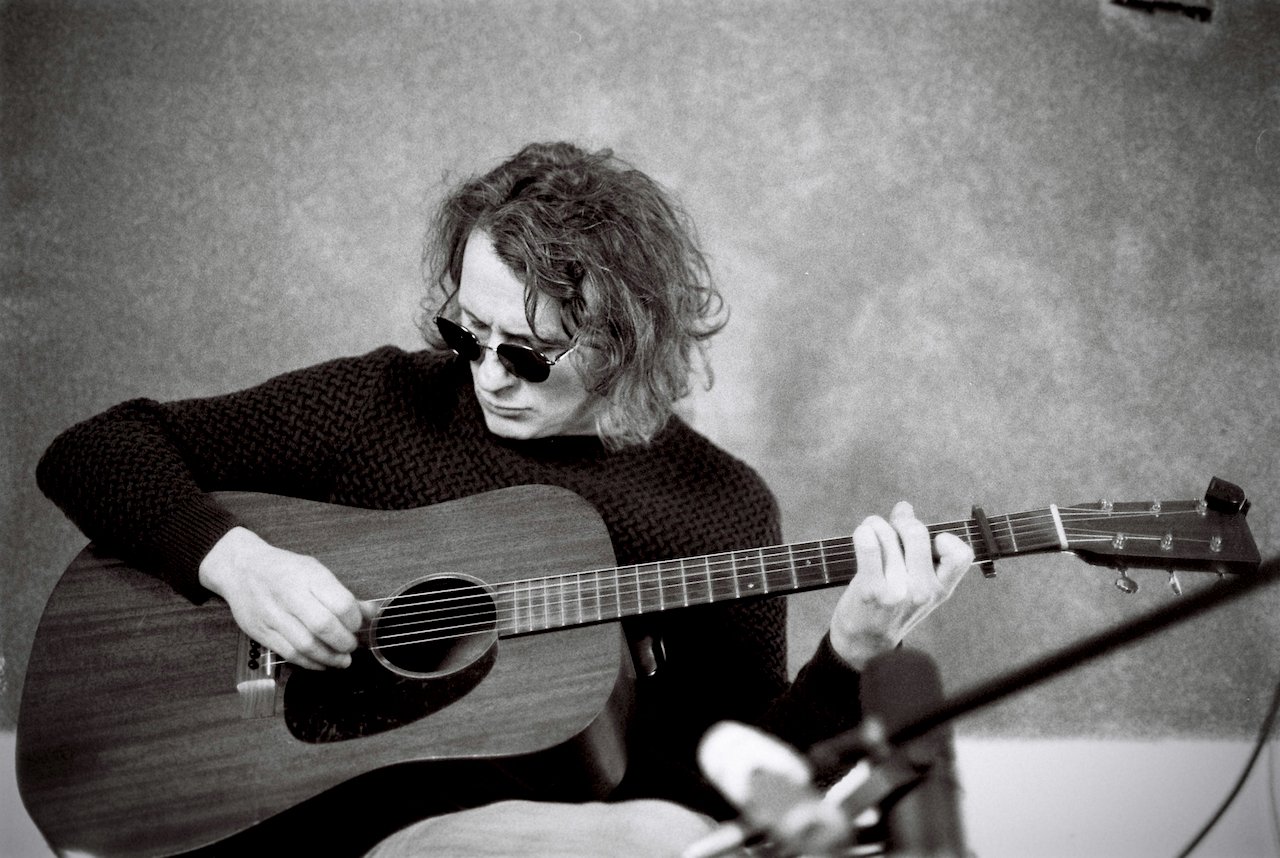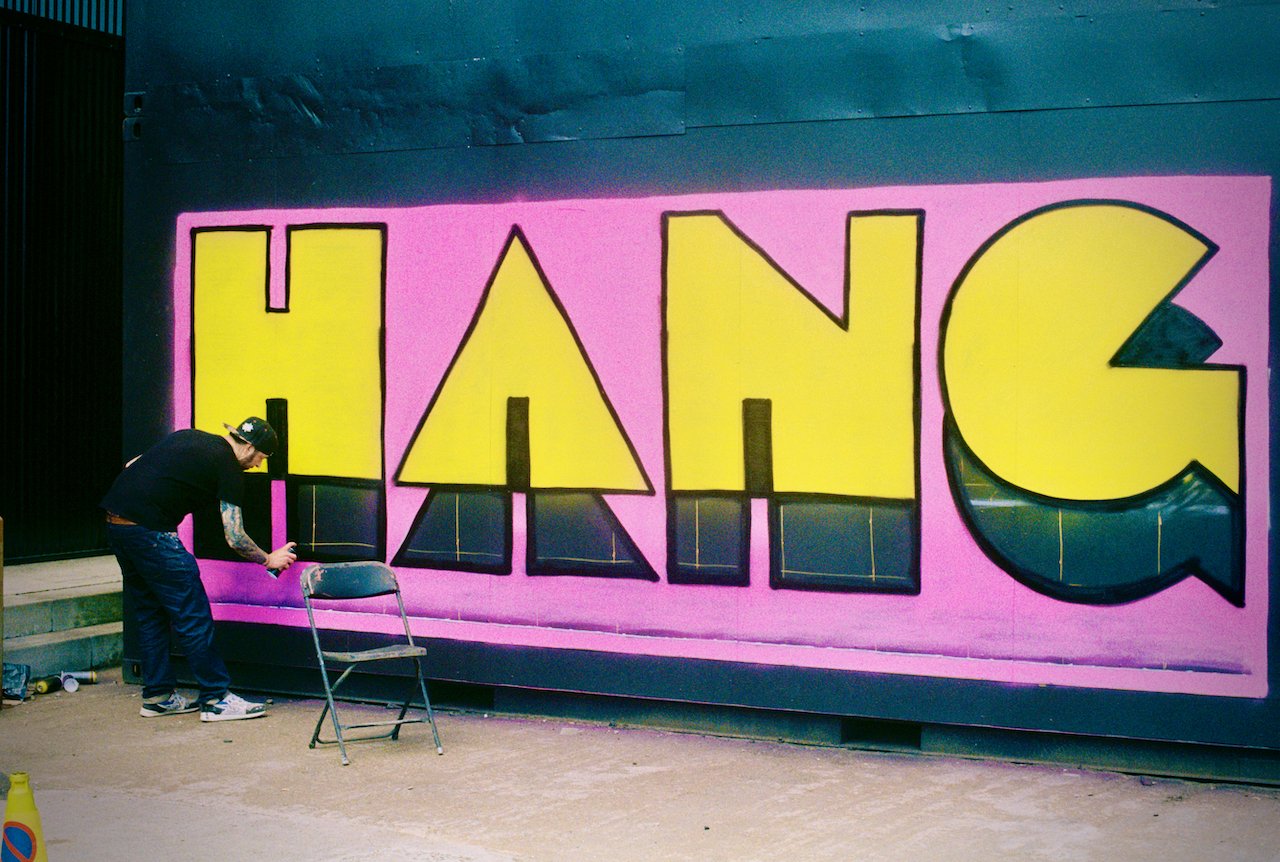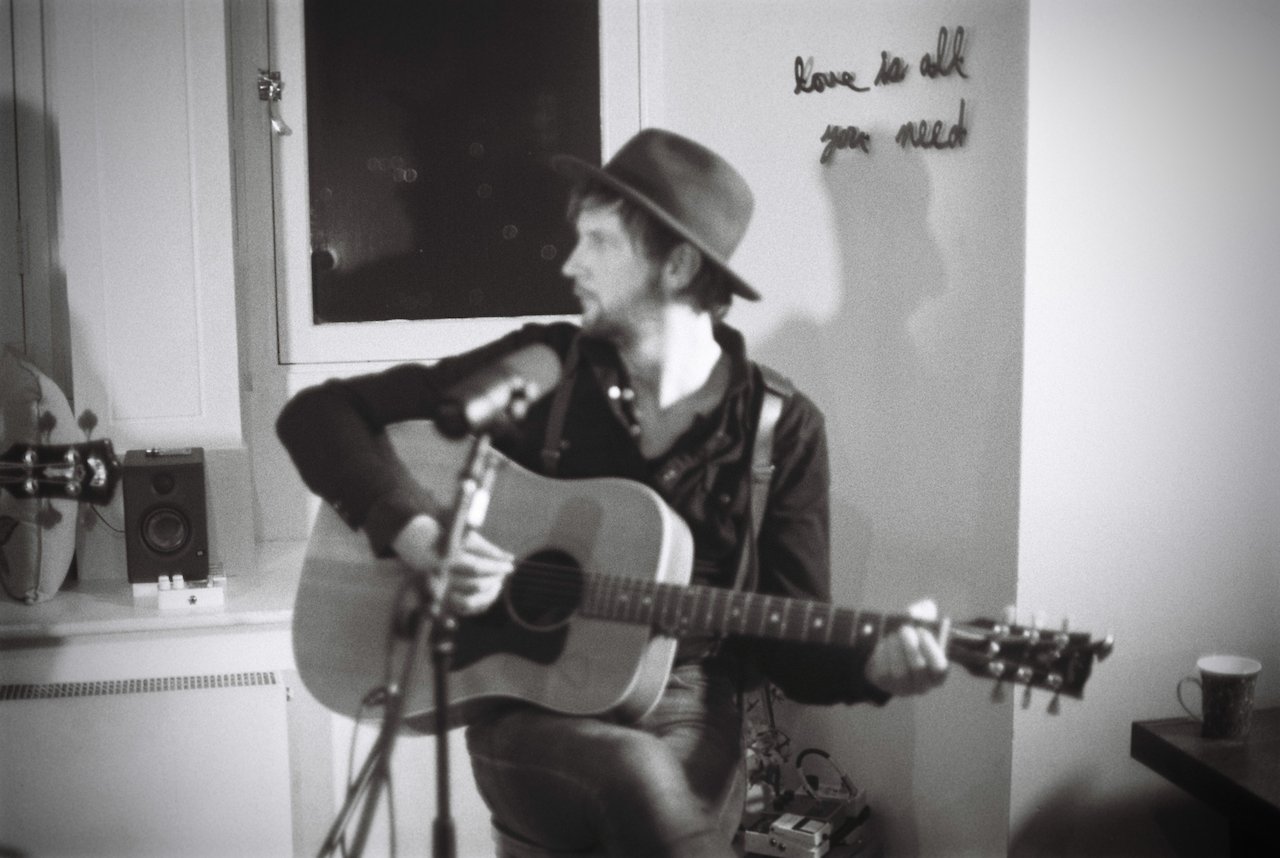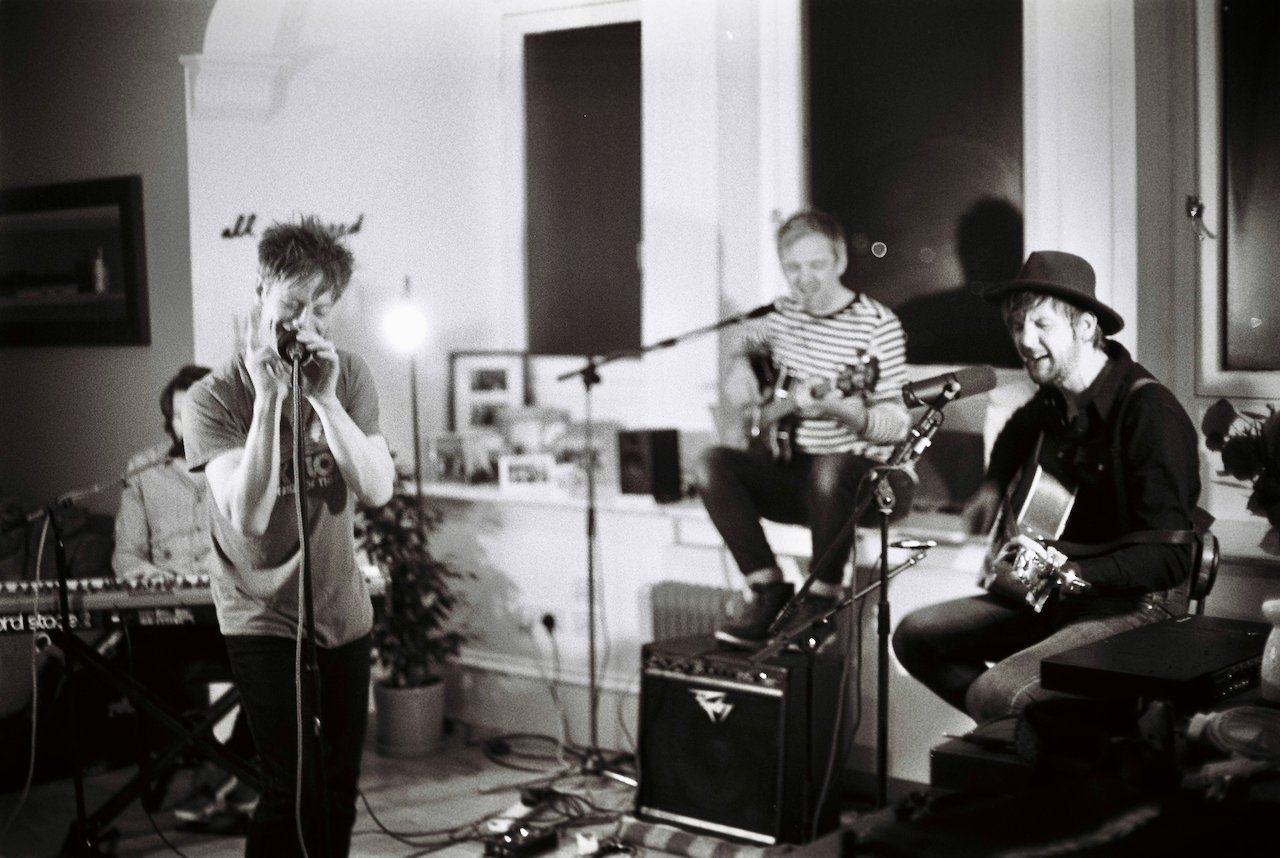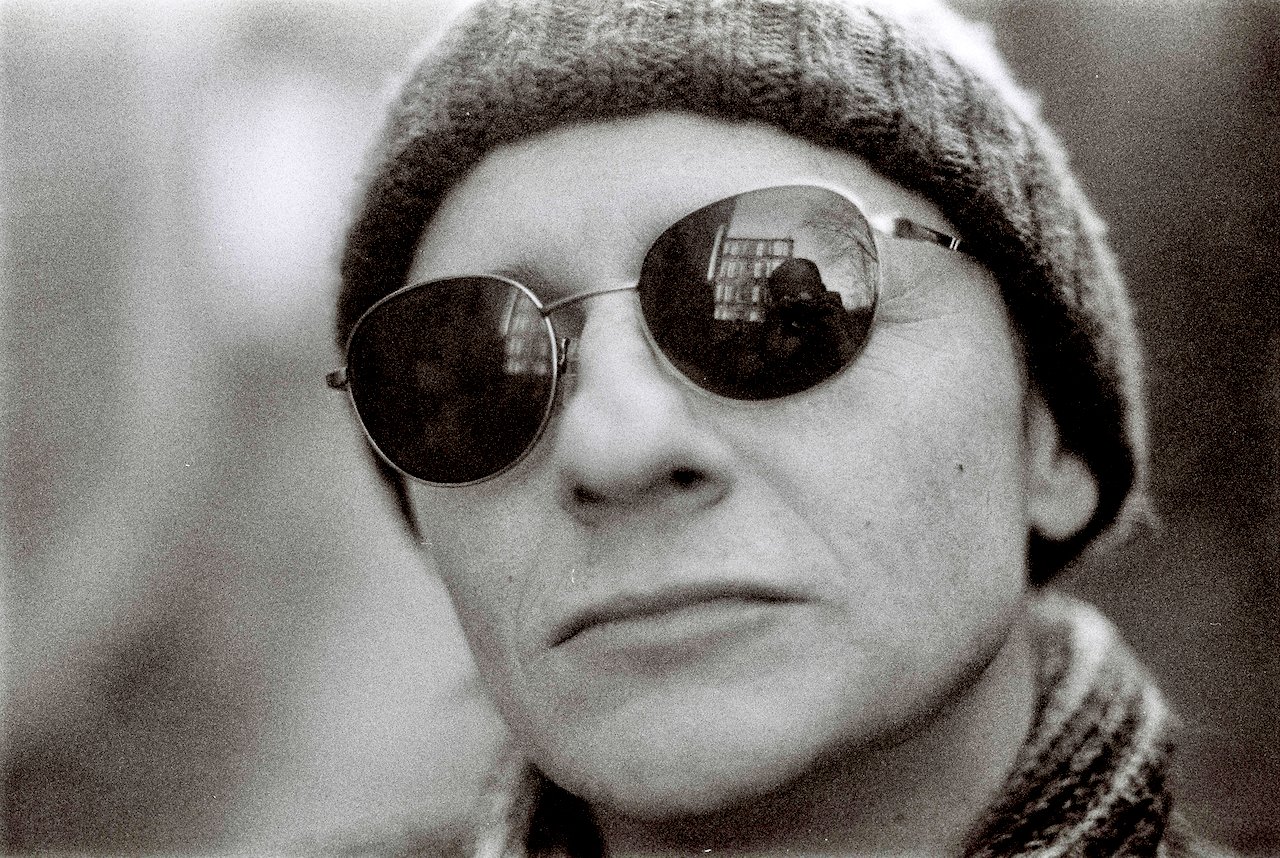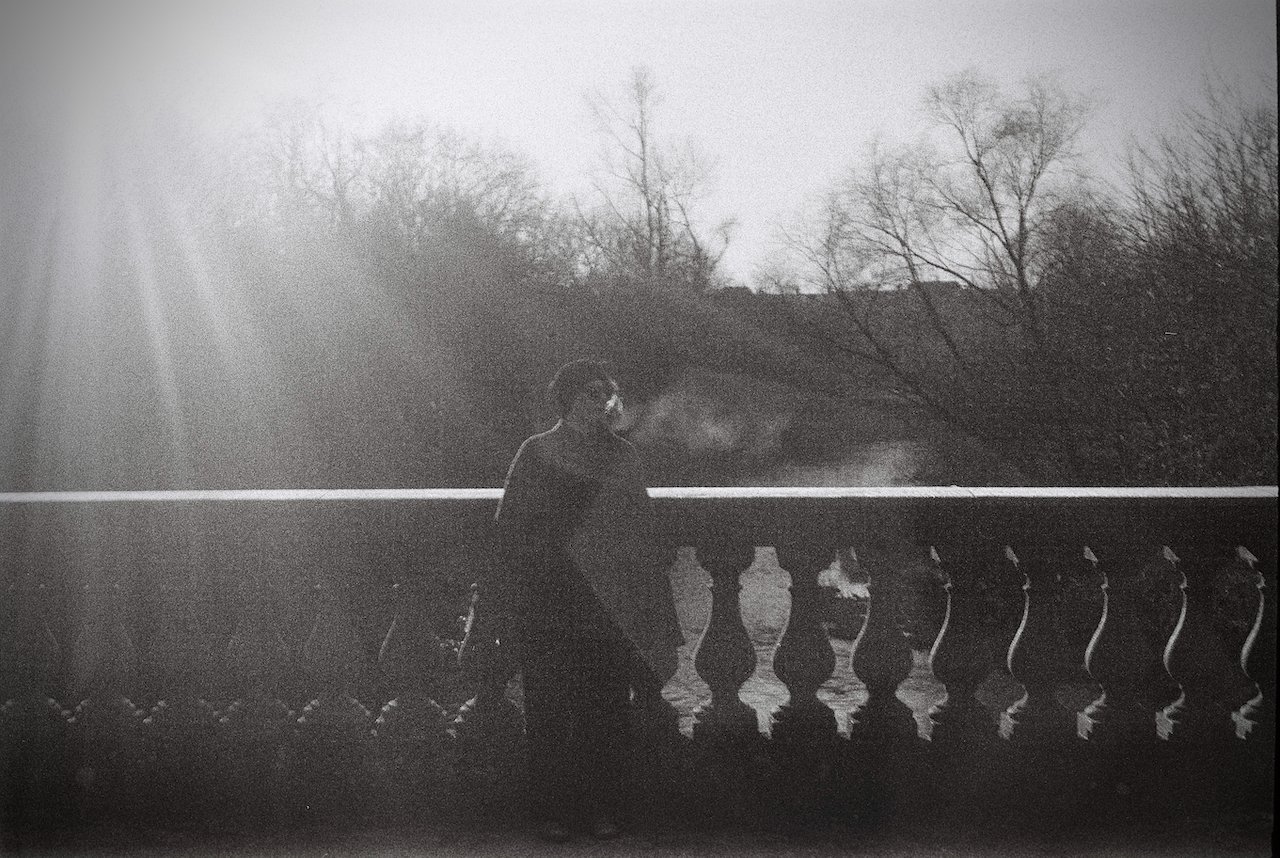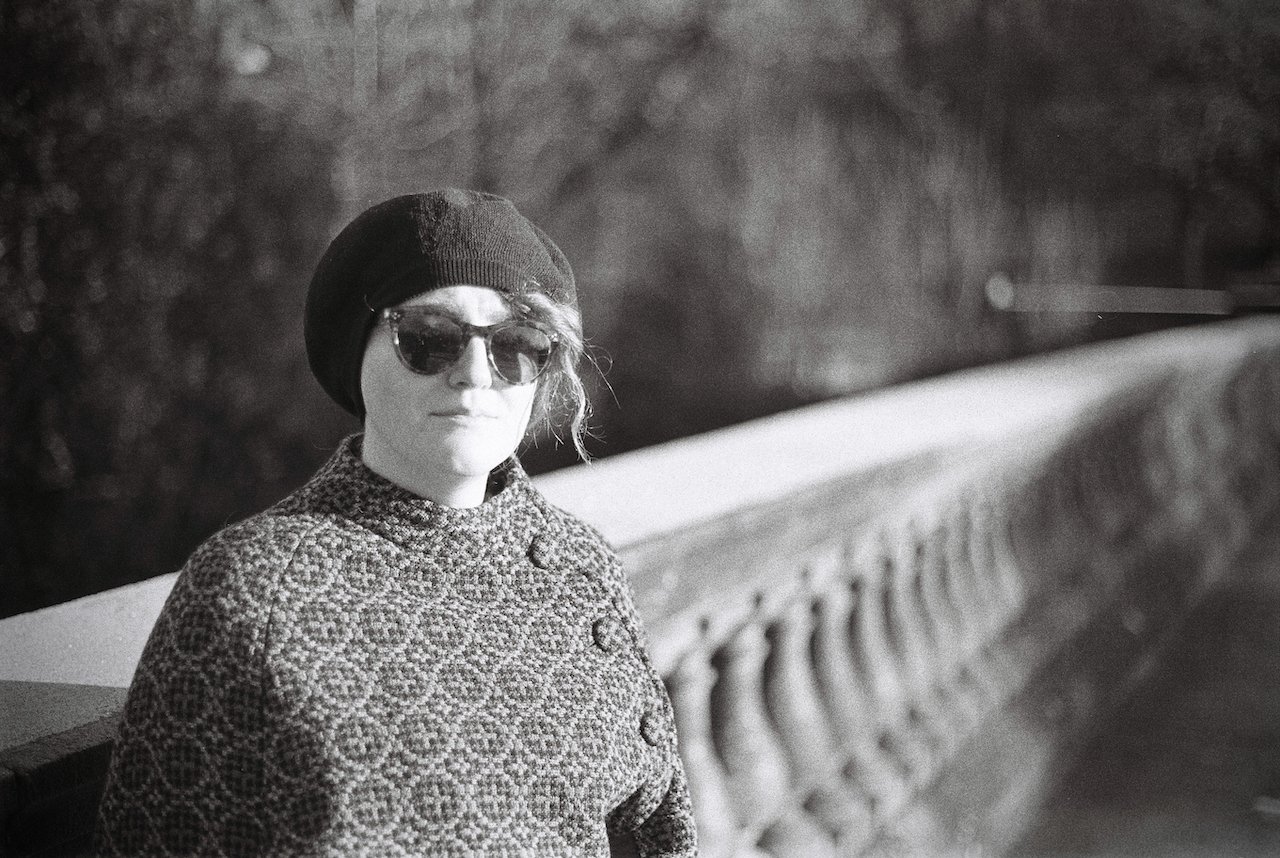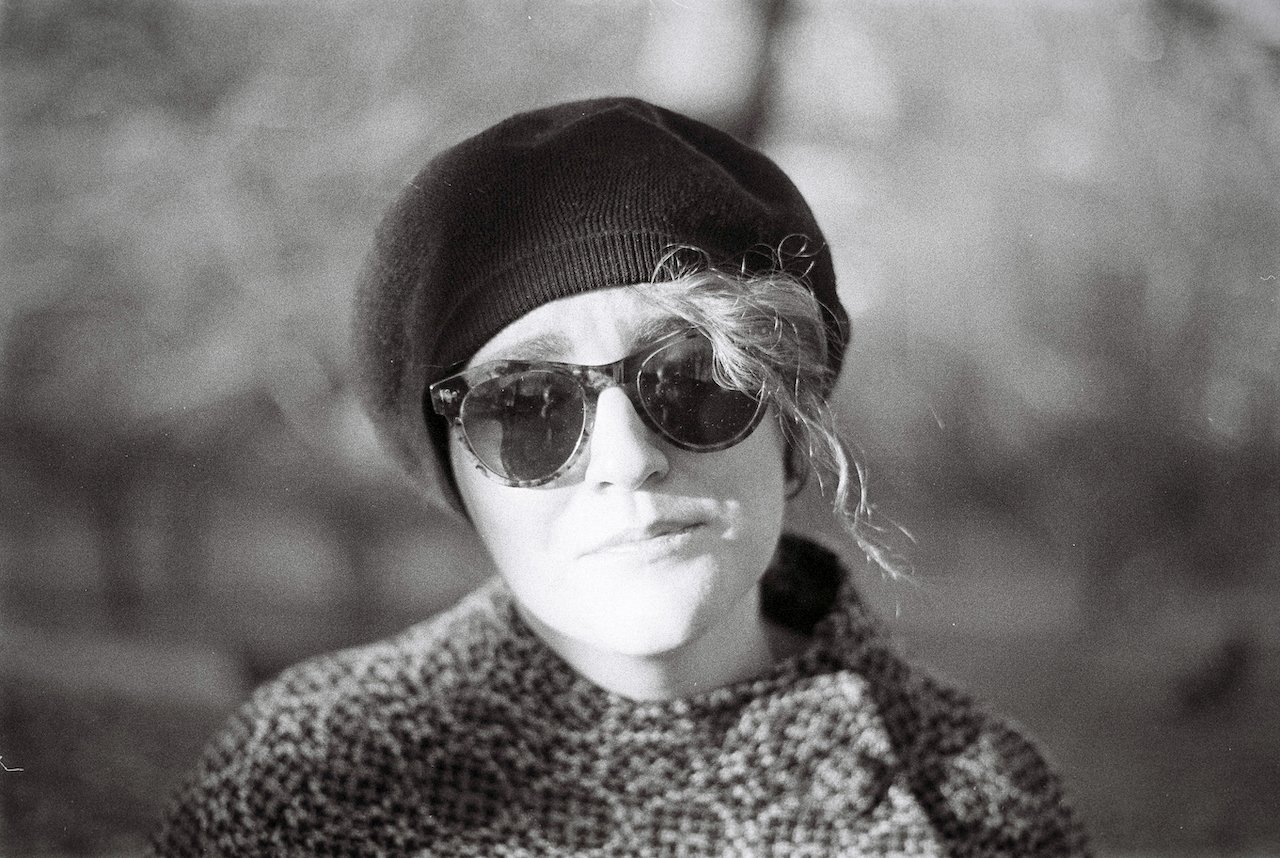Analogue Photography
Lockdown was a great opportunity to dip my toe into some backburner creative activities. One of those was analogue photography. As is my want, I go off on a big meander about my journey. Scroll down to the bottom if you want to see a gallery of analogue photography examples.
When I grew up. We only had analogue photography. Everyone had a shitty little automatic camera. You bought a spool for special occasions like holidays and family birthdays and you got the photos developed at the local chemist. The results were mixed at best, but for 50 years that was consumer photography. The next step up was SLRs. I feel that my grandparents generation were a little more into this than my parents generation. It was always a complicated science as an onlooking kid. You were invariably told not to touch the equipment by relatives who didn’t know how it worked. The magic of photography had waned by my parents generation and good photos were generally taken by enthusiasts and professionals.
Me sporting double velour. It was all the rage in 1983
I remember my first digital camera. Well it wasn't mine. It came free with a friend’s computer. It was terrible. 0.5 Megapixels. Auto ISO, Auto Focus, Auto Shutter. Essentially impossible to take a photo. The concept was groundbreaking though. No longer did you need to take a trip to the chemist and wait a week. The (terrible) results were instant and you could improve your photo based on instant results rather than guesswork and theory.
After that, things just got better and better until we get to today and phones have pretty unrivalled cameras in them. Couple this with great editing software and there’s little room for improvement.
So why?
Well why not? I think growing up you always felt that there was this mystical world of secrets and photographic success. We were surrounded by great photos. Why couldn’t we take any? There was still a sense of magic to the whole thing growing up. Even adults had vague notions of chemicals and dark rooms and someone in a white coat in a lab. A whole creative trade that has fallen by the wayside.
Analogue photos are defined by their noise. The things preventing perfection. Grain, inconsistent colour representation, imperfect composition, discrepancies in the development process, discrepancies in the camera manufacturing. All these work together to create something that a filter just can’t recreate. A time capsule to another time. The round trip of finishing a film and then getting it developed slows everything down so a moment becomes even more timeless and precious.
A selection of the best documentation that exists of my early gigging years. Young people today don’t know how lucky they are.
I fell into photography by accident. I was travelling lots and had a wee 3 Megapixel Canon that I used to document it all. I was taking hundreds of photos a month. Mainly with a sense of traveller duty rather than creativity. I hit 30 and the suggestion of a “real” camera was touted as a “big present”. I had already pushed the Canon Ixus settings to their extremes so it felt like it was time to get a “big boys camera”. Enter the Digital SLR.
From there I didn't look back, within a few years people were paying me to take photos and videos.
Because I kind of fell into it, I always had imposter syndrome, so it’s been an ongoing study to constantly try and improve things. My audio chops come with so many years of training and experience, so I have less need to constantly search for the next bit of tech to justify what I’m doing.
Much of my lenses, equipment and photography knowledge was transferable to use with analogue cameras so I’ve dipped a toe into trying to recreate the consumer-pro level of photography from a bygone era.
It is a terrible idea. Take something that is working and put a variety of obstacles in your way to make it harder. Include in that the added cost of development and you start to wonder why it was even on the back burner.
It’s quite an interesting creative pursuit. It forces you to consider all your settings and your knowledge to craft a working photo. You do all this with a digital photography but with analogue it’s brought to the fore so much that it feels more like you are crafting or sculpting something.
Cameras
If you buy an expensive analogue slr from just before the onset of digital cameras you can get so much automation that much of the creativity is taken away from you. Buy some good film. Stick it on auto and Bob’s your uncle, Fanny’s your aunt.
This kind of defeats the purpose of putting the obstacles in your way, but having access to all the home comforts of a “modern” camera can ensure that you stick around a bit rather than lose interest.
I “borrowed” my dads canon SLR from the mid 90’s it’s a F1000 so it comes with a fair amount of automation. It fits all my lenses that I use in the digital realm, so I can basically stick a film in and get some decent analogue photos out the other end without needing to learn to much.
Once I had learned to walk with analogue film, I couldn’t resist getting something a bit more challenging. For this I got a 60’s Canon AE-1. They look amazing and aren’t ridiculously priced. The lenses are the old style of Canon. There is next to no automation and the industrial nature of the look and feel transports you into the past with every click.
There’s also some wonderful little “toy” cameras and small automatics. The antiquated construction methods mean that the results can be even more unpredictable. This has created a whole genre of photography called Lomography.
Film
One of the biggest variables in analogue photography is the film. There’s a great site called Analogue Wonderland(get a free film for using that link) that lets you browse it all. It varies loads. Back in the day I just assumed that you had colour film, black and white film and then expensive film that just made things better. There’s different grains, different ISO, films with different colour grading. There’s even film that was designed to record other things like audio. Some of them are easy and forgiving to the learning process, some of them are brutal, but when you get them right - especially with the 60’s canon - it feels like you have translated the Rosetta Stone.
Film and development is far more expensive than the cameras, so there’s potential that I start doubling up on cameras so that I don’t need to finish off a 36 exposure film just to get another one in.
I made the early decision to leave development to the professionals. There’s just too many variables and at the time there was no way I had the space to construct a dark room in the house. Instead I focused on different films and different cameras. There’s some great companies appearing which do this bit for you. I used to use Take it easy Labs, but now use the closer to home Gulabi
Polaroids
There are class A drug addictions that are cheaper than a polaroid habit. It costs over 2 quid a photo. Why on earth would you? Well it is the iconic square. The original instagram. Instant analogue satisfaction. The camera’s are point and click so there is little to no skill required other than understanding how to compose shots and how to light them. Which is a good job, cos trial and error could cost you a months wages.
The camera’s cost next to nothing and look amazing. Bizarrely the battery is stored in the film, so there’s not even nasty battery acid to waste a camera sitting in the loft. If you ever fancy giving it a go, one film of 8 photos costs just less than £20, so next time we are working with you - just let us know and we’ll bring along enough for 8 photos in return for a purple bank note.
Some of my favourites
Given that it’s a while before I rent a gallery space and elevate my ego even further, here’s a curation of my favourite analogue photos I’ve taken since 2020. It also gives me the chance to feel like Cartman in the South Park episode Pray the Gay Away? if anyone gets the reference(Not all my influences are highfalutin)
Canon F1000 - Ilford HP5 Plus 400 ISO film - Olympus 55mm 1.2F lens
Until our daughter is old enough to pose and stay still - my partner Rachel is my most willing model. This was taken in Kelvingrove park on a lunchtime wander.
Kodak Gold 200 ISO with the Canon AE-1 - 50mm 1.4F Canon FD Lens - assisted by video lights
I shot this while I was shooting a 70’s inspired video for the band and it would have been rude not to take some period photography.
Kentmere Pan film 400 ISO with the Canon AE-1 - 50mm 1.4F Canon FD Lens
We were recording some overdubs at Matchbox Sound and Anton indulged my experimentations with old cameras and we took a break up a back alley.
Canon AE-1 - Kodak Gold 200 Film - 28mm Tokina FD vintage lens
RogueOne was doing the logo for the Hang Hip-Hop and Grime festival. I was on video and photos, so I took some vintage colour photos.
Canon AE-1 - Kentmere Pan 100 ISO - 28mm Tokina Lens
I was shooting some live videos for the Byson Family and I was keen to get some analogue photos. As always I was doing too many things at once. The F1000 kills the battery unless you remove it from the body while you store it - so it was gubbed. With the film and lenses combinations I had I didn’t have as many options, but I quite liked this shot.
Canon F1000 - Kentmere Pan 100 ISO film - 85mm Samyang Lens - with the assistance of photography lights
It was a Saturday night during lockdown and we had already setup a white backdrop for some other work we were doing, so we cracked open a few beers and took some shots with the disco tunes on. You can tell how happy we were.
Washi S 50 ISO film - Canon Ae-1 - 50mm 1.4 FD Lens
I snapped this while I was filming some green screen for a Fat Cops video. The film is created to record sound. It is high contrast and really arty and unforgiving. I did a whole spool and some of them gave me nothing. Others were wonderfully creative. There’s depth and errors to this one that I think are fantastic and cinematic.
Washi S 50 ISO film - Canon Ae-1 - 50mm 1.4 FD Lens
As we were allowed we started taking loads of road trips around Scotland with little else to do other than take photos and enjoy each other’s company. This taken in Huntly castle. The stones in the wall are fantastic. I just need Rachel to record a podcast about the history of witches in Scotland and then it will have somewhere to get used.
Windows to the past
Analogue photography is a great pursuit. It improves me as a photographer and gives me infinite ways to make my creativity harder and more expensive. It clicks the retail therapy button, the science button and the artistic button. So I love it. There’s never any guarantee at the returns, but any time you book us, let us know if you fancy gambling with the results. If you are in Greenock, I am always looking for models and I have loads of locations earmarked for doing some photo shoots, so hit me up.
I’ll finish by reminding people once again that their relatives lofts can be full of a treasure trove of content. My dad recently found some glass negatives in amongst some of my Grandfather’s stuff:
The it was a dirty little bit of glass barely bigger than a postage stamp. The technology puts it at between 1890 and 1920, so it predates my grandfather. I scanned it in and did a bit of jiggery pokery and got this:
I guess that it is either my great grandfather or one of his brothers. I’ll never know. He lived round the corner from where I recently moved to so I think of that face as I wander around his old haunts and imagine his life. There’s not a digital photo in the world as cool as a discovery like that.
As always, if you like this and you want to see us do more. Like, Share, comment and interact.
